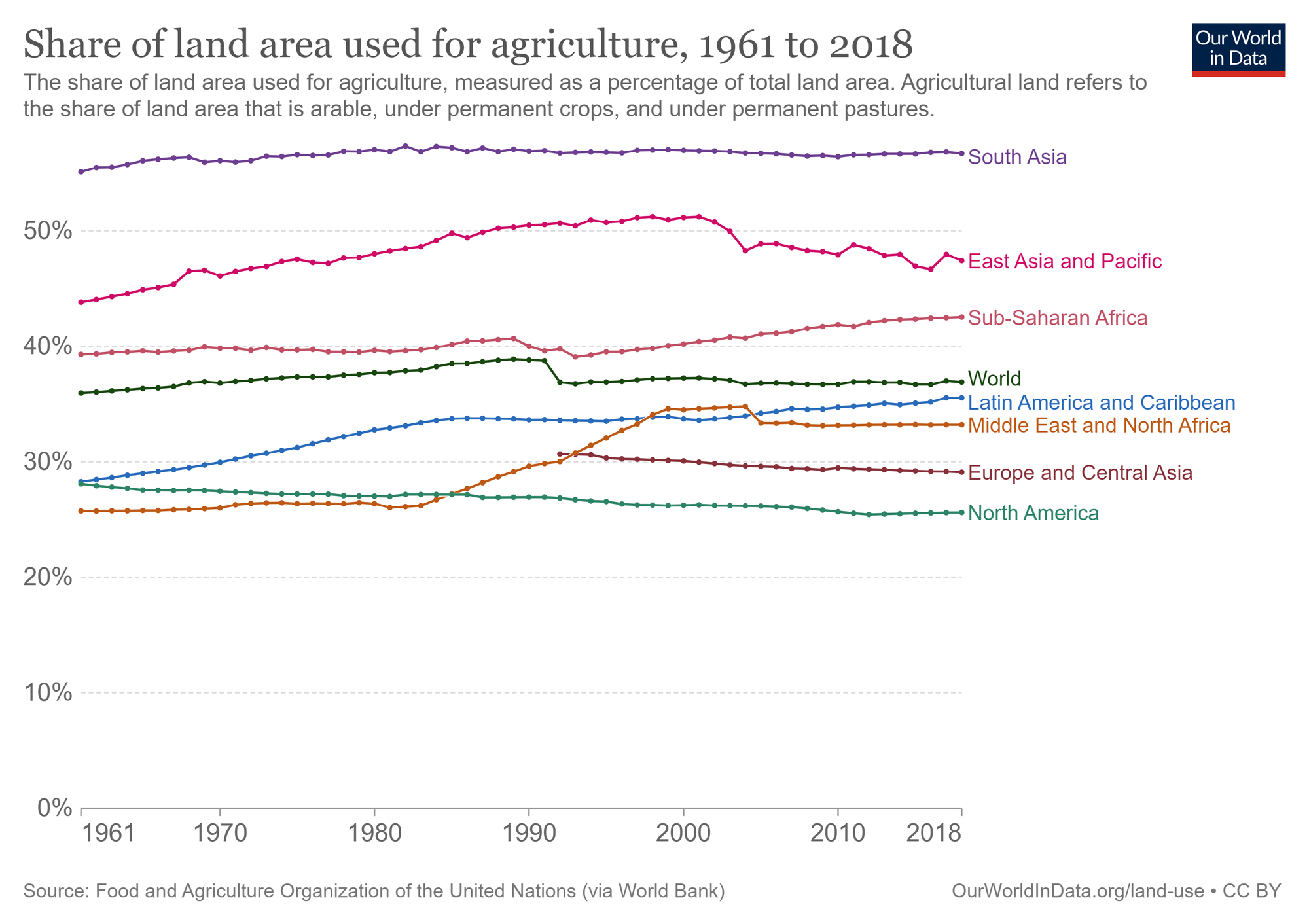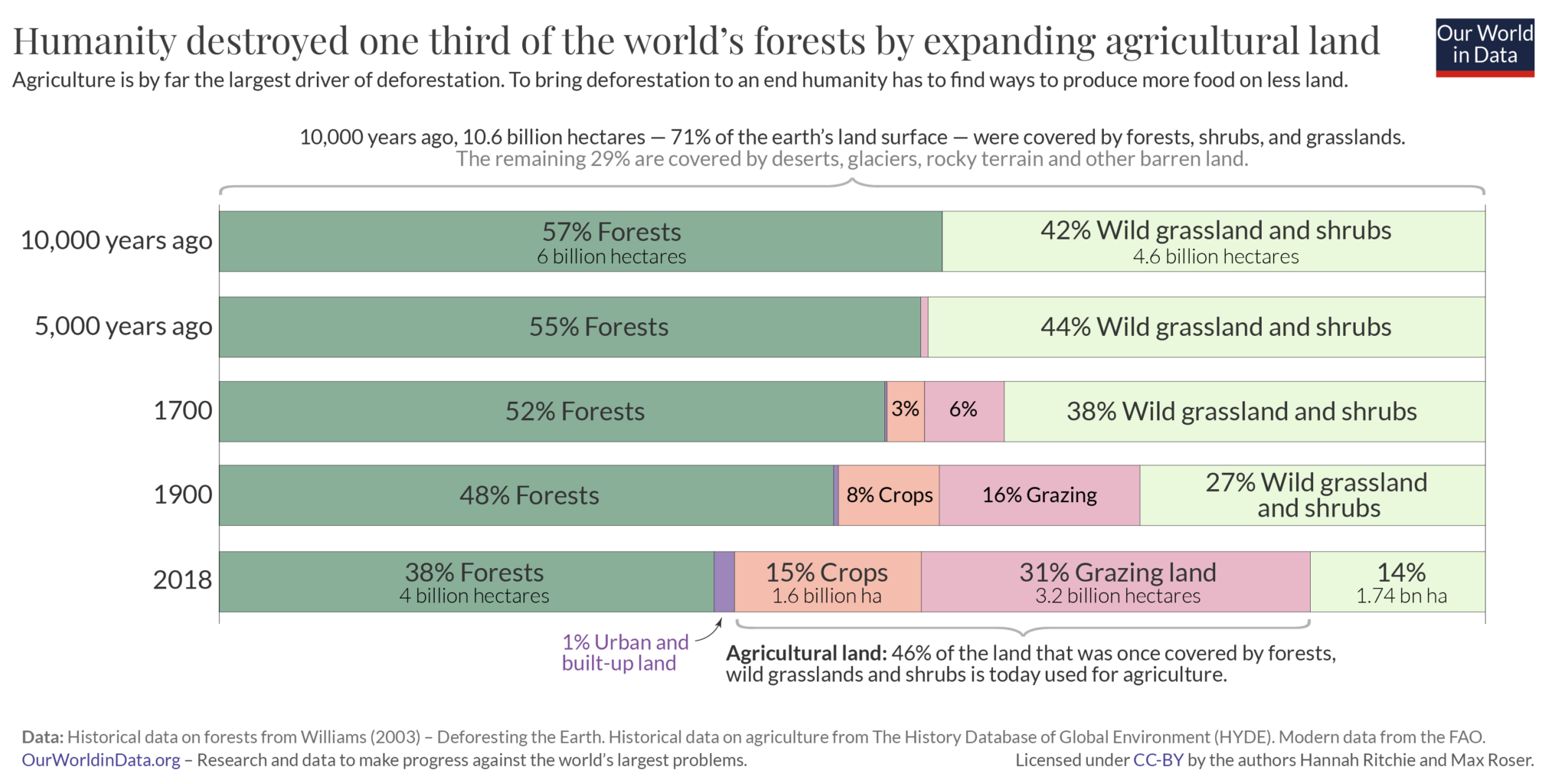|
You
can also view the message online
|
|||||||||||||||||
 Châtenay-Malabry (FR - 92290), May 08, 2023 EFITA newsletter / 1070 - European Federation for Information Technology in Agriculture, Food and the Environment The informatique-agricole.org site offers you the possibility of subscribing the RSS feeds of its two newsletters See RSS feeds to implement to ensure that you continue to receive this newsletter To unsubscribe this newsletter, please contact me directely: guy.waksman(a)laposte.net if this link Unsubscribe does not work. 
To correspond with me (GW), please use this address: guy.waksman(a)laposte.net To subscribe the efita newsletter (please ask your friends and colleagues to test this link) Efita Newsletters subscription Avant l’informatique / Before computers
VE DAY – 8 MAY 1945 (VE: Victory in Europe)
Charles III, Happy, peaceful and prosperous reign over one of the oldest democracies in our ever tumultuous world! Even if I do not really understand your role and I am pleased not to have a monarch “above” me… (GW) Charles III Might Be King, But He’s Still The Dunce Of Wales To Me King Charles III's longstanding opposition to genetic engineering is misguided and unconstructive. Genetic modification has long made products better, safer, and cheaper. See acsh.org Weekly newsletters about ICT in Agriculture in English and French Both newsletters have around 5000 subscribers. >>> Last weekly EFITA Newsletters in English (created in 1999) Efita Newsletters >>> Last weekly AFIA Newsletters in French (created more than 20 years ago in 1997) Afia Newsletters >>> Statistics for the latest efita newsletter >>> Last issue of the afia newsletter >>> Last available satistics for the afia newsletter Souvenir of a not so distant past in Brittany: Old Breton woman smoking pipe
How did we see the future yesterday?? See the incredible collection developed by Alain Fraval The Week in AgriFoodTech: Canopy raises $60m to help forests, CropX nets $30m for farm management, AFN, by Jennifer Marston and Lucy Ngige See agfundernews.com Why Farmers Business Network launched Norm, an AI advisor for farmers built on ChatGPT, AFN, by Jennifer Marston It was only ever a matter of time before ChatGPT came for agriculture. Generative AI has already infiltrated restaurants, ingredient development and other areas of agrifoodtech. Now, it’s providing agronomy advice to growers courtesy of Norm, the recently unveiled AI chatbot developed by Farmers Business Network (FBN). Farmers registered on FBN can access Norm for free (for now) to access near-real-time information about farm equipment, planting times, soil health, and many other areas of farming. .../... See agfundernews.com How to implement digital agriculture, step-by-step, AFN, by guest contributor Marco Brini Marco Brini is a digital agriculture expert, affiliated with renowned institutions such as ETH, ITU, and FAO. Currently a Digital Agriculture Expert at ETH – World Food System Center, he has also worked as a freelance consultant, CTO, and CEO-founder for various organizations, focusing on digital agriculture solutions, IoT technologies, and outdoor monitoring systems. Marco holds multiple patents in the field. He recently wrote a free digital book entitled ‘Implementing Digital Agriculture Step-by-Step,’ which he summarizes here. .../... Download the book for free here See agfundernews.com Old Breton
woman smoking pipe
Edete offers high-tech alternative to spray and pray approach for artificial pollination, AFN, by Elaine Watson Unlike almonds, which rely on honeybees for pollination, a dwindling and increasingly expensive resource, pistachio crops are pollinated by wind, which is both abundant and free-of-charge. So why are some growers turning to artificial pollination? If the weather is optimal throughout the year, male and female pistachio trees bloom at the same time, and the wind successfully carries pollen from male to female plants, growers can expect a decent harvest, says Ed Surber, head of the US operation at Israeli agtech startup Edete Precision Technologies for Agriculture. Put another way, he says, if all the stars align, Mother Nature doesn’t need any assistance. The problem is, she doesn’t always play ball. …/… See agfundernews.com Revol Greens CEO: ‘Customers don’t care what tech you have, they care if it’s a better product’, AFN, by Elaine Watson The promise of a reliable supply of fresh, local produce with a pesticide-free positioning is alluring. But with controlled environment agriculture (CEA) startups dropping like flies, “jaundiced” investors are now laser-focused on models with proven unit economics and financial returns, Revol Greens CEO Michael Wainscott tells AFN on a tour of the firm’s vast hydroponic greenhouse in Tehachapi, California. Plants, he observes, are not widgets that come out perfectly every time. Instead, they are living organisms that require careful handling, and investors that jumped into CEA with the hope of making a fast buck have got their fingers burned. “People got so enamored with the shiny new toys and technology, that they forgot how efficient existing systems that they are trying to replace are. This is where the greenhouse market really blew it and why investors are a little bit jaundiced; these startups made it seem like you build a greenhouse and these plants come out like magic. But you can kill plants a million different ways.” …/… See agfundernews.com Old Breton woman smoking pipe
FutureFarming.com > Test with Robot One from Pixelfarming at Dutch bulb grower Pixelfarming Robotics demonstrated the Robot One at flower bulb grower and NPPL participant Stef Ruiter in Andijk (NH). > Forecast Information: Using a GoPro camera to create forecast information Bitwise Agronomy offers berry growers an AI tool that uses a GoPro camera to create accurate forecast information. > Top 10 Ag Tech: Top 10 agri-tech organizations in the USA in 2023 Analytics Insight mentions the top 10 agri-tech Organizations for 2023. > 7 AI supported 3-point linkage systems for selective weeding Weeding tools are upgraded with cameras and AI to smart self-thinking tools with shares, tines, spray nozzles and even lasers. > Glyphosate: How an EU glyphosate ban would affect farmers globally > Future of herbicides: The future of herbicides: trends for use and more > Hoeing: Austrian sideshift frame for hoeing machines up to 6 rows > Herbicide-tolerant: Herbicide-tolerant barley offers growers more options > Weeding: FarmWise launches next-generation weeding How to VRA plant per plant with PWM-technology > PWM-TECHNOLOGY: How to VRA plant per plant with PWM-technology K.U.L.T. prepares hoeing machinery for robotic weed removal > Hoeing: K.U.L.T.: hoeing machinery for robotic weed removal Test drive with smooth self-propelled Agrifac Condor Vanguard > Test drive: Test drive with self-propelled Agrifac Condor Vanguard > ChatGPT: ‘How ChatGPT could change Farming fast (good and bad)’ One of the key developments in this field now is ChatGPT, a language model developed by OpenAI. >PWM Technology: How to VRA plant per plant with PWM-technology While more and more new field sprayers are equipped with PWM-technology, farmers can’t optimally benefit from it for their VRA applications yet. > Potato disease: Breakthrough in fight against devastating potato disease WUR researcher Daniel Moñino-López made with CRISPR/Cas plants resistant to late blight disease caused by Phytophthora infestans. > Laser bots: Carbon Robotics bags $30m for weed control with autonomous laser bots Carbon Robotics has raised a $30 million Series C for its precision weed-control system for speciality crops. > Job opportunities: HMC Farms: ag tech is about making jobs better HMC Farms believes that instead, innovation breeds new job opportunities and breathes fresh life into the industry. See futurefarming.com Old Breton woman smoking pipe
France pays 1.1% of its GDP more than the European average for pensions / La France paie 1,1 % de son PIB de plus que la moyenne européenne pour les retraites Female diseases underfounded in US and probably in France / Sous-financement des maladies affectant les femmes In China, better air but far from correct / En Chine, un air moins pollué mais encore trop High US solar costs high / Energie solaire encore couteuse aux USA A first thought for today Oh, the comfort -- the inexpressible comfort of feeling safe with a person -- having neither to weigh thoughts nor measure words, but pouring them all right out, just as they are, chaff and grain together, certain that a faithful hand will take and sift them, keep what is worth keeping, and with the breath of kindness blow the rest away. Dinah Maria Mulock CRAIK, poet and novelist (1826-1887) A second thought for today So act that your principle of action might safely be made a law for the whole world. Emmanuel KANT, philosopher (1724-1804) A third thought for today Understanding a person does not mean condoning; it only means that one does not accuse him as if one were God or a judge placed above him. Erich FROMM (2013), in “Man for Himself: An Inquiry Into the Psychology of Ethics”, p.243, Open Road Media A fourth thought for today History is all explained by geography. Robert Penn WARREN, novelist and poet (1905-1989) Old Breton woman smoking pipe Another warning about the AI apocalypse? I don’t buy it, by Ivana Bartoletti, The Guardian, May 3, 2023 Yes, there are sobering risks, but also potential for huge advances. We need to agree some global rules of the game. AI tools like ChatGPT are everywhere. It is the combination of computational power and availability of data that has led to a surge in AI technology, but the reason models such as ChatGPT and Bard have made such a spectacular splash is that they have hit our own homes, with around 100 million people currently using them. This has led to a very fraught public debate. It is predicted that a quarter of all jobs will be affected one way or another by AI and some companies are holding back on recruitment to see which jobs can be automated. Fears about AI can move markets, as we saw yesterday when Pearson shares tumbled over concerns that AI would disrupt its business. And, looming above the day-to-day debate are the sometimes apocalyptic warnings about the long-term dangers of AI technologies – often from loud and arguably authoritative voices belonging to executives and researchers who developed these technologies. …/… There is both excitement and fear about this technology. Apocalyptic scenarios of AI similar to those depicted in the Terminator films should not blind us to a more realistic and pragmatic vision that sees the good of AI and addresses the real risks. Rules of the game are necessary, and global agreements are vital if we want to move from somewhat mindless development of AI to responsible and democratised adoption of this new power. See theguardian.com Exclusive: OpenAI Used Kenyan Workers on Less Than $2 Per Hour to Make ChatGPT Less Toxic, by BY Billy Perrigo, January 18, 2023 ChatGPT was hailed as one of 2022’s most impressive technological innovations upon its release last November. The powerful artificial intelligence (AI) chatbot can generate text on almost any topic or theme, from a Shakespearean sonnet reimagined in the style of Megan Thee Stallion, to complex mathematical theorems described in language a 5 year old can understand. Within a week, it had more than a million users. ChatGPT’s creator, OpenAI, is now reportedly in talks with investors to raise funds at a $29 billion valuation, including a potential $10 billion investment by Microsoft. That would make OpenAI, which was founded in San Francisco in 2015 with the aim of building superintelligent machines, one of the world’s most valuable AI companies. But the success story is not one of Silicon Valley genius alone. In its quest to make ChatGPT less toxic, OpenAI used outsourced Kenyan laborers earning less than $2 per hour, a TIME investigation has found. .../... But the need for humans to label data for AI systems remains, at least for now. “They’re impressive, but ChatGPT and other generative models are not magic – they rely on massive supply chains of human labor and scraped data, much of which is unattributed and used without consent,” Andrew Strait, an AI ethicist, recently wrote on Twitter. “These are serious, foundational problems that I do not see OpenAI addressing.” See time.com Old Breton woman smoking pipe
Pivot Bio announces 2023 N-OVATOR program, an annual nitrogen credit program Berkeley, Cal, - Pivot Bio, agriculture's leading nitrogen innovator, announces the results of its 2022 pilot and the 2023 expansion of N-OVATOR, the company's new program for validating on-farm synthetic fertilizer replacement. The Pivot Bio N-OVATOR program is designed to unite growers, who are reducing their on-farm emissions by using Pivot Bio's microbial nitrogen, with the corporations striving to decrease their Scope 3 emissions to reach net-zero. In a 2022 N-OVATOR pilot, a subset of Pivot Bio's customers documented the unprecedented replacement of synthetic fertilizer with a new nitrogen source, Pivot Bio PROVEN® 40. On average, growers replaced 36 pounds of synthetic fertilizer per acre and maintained yield. Pilot participants signed affidavits verifying synthetic nitrogen was replaced on 725,000 acres, resulting in the avoidance of more than 80,000 MT of carbon dioxide equivalent (CO2e)1. This is roughly equivalent to the annual electricity use for 15,500 homes. In total, N-OVATOR participants replaced nearly 12,000 tons of synthetic fertilizer, the largest reduction of its kind ever recorded. Pivot Bio's microbes were used on more than 3 million acres of U.S. cropland in 2022 - 300% year-over-year growth for the second year in a row. If all 2022 Pivot Bio customers were part of the N-OVATOR program and confirmed similar replacements, we would see an annual avoidance of over 400,000 MT of CO2e or the equivalent of a 25-mile-long train full of coal. …/.. See agrimarketing.com FREE N100, a registered atmospheric nitrogen fixer (in France) With the regulatory, economic, agronomic and climatic pressures, a need has arisen for a nitrogen source that not only meets the farmer's problems but also allows him to create added value. FREE N100®, a soil probiotic, fixes atmospheric nitrogen and offers a third way of nitrogen nutrition to the plant. Voir gaiago.eu Producing nitrogen fertilizer without carbon emissions, December 20, 2022 Most large-scale agricultural operations are possible only if the soil is fertilized with nitrogen, phosphorus, and potassium. While phosphorus and potassium can be mined as salts, nitrogen fertilizer has to be produced laboriously from nitrogen in the air and hydrogen. And, the production of hydrogen is highly energy-intensive, currently requiring large quantities of natural gas or — as in China — coal. In addition to its carbon footprint, nitrogen fertilizer production is vulnerable to price shocks in the fossil fuels markets. Paolo Gabrielli, the senior scientist at the Laboratory of Reliability and Risk Engineering at ETH Zurich, has collaborated with Lorenzo Rosa, principal investigator at Carnegie Institution for Science at Stanford, to investigate various carbon-neutral production methods for nitrogen fertilizer. In a study published in the journal Environmental Research Letters, the two researchers conclude that a transition in nitrogen production is possible and that such a transition may also increase food security. See agdaily.com Genetic Engineering Critic Vandana Shiva's Anti-Modernity Crusade Threatens The World's Poor, by Henry I. Miller, MS, MD and Drew L. Kershen, February 16, 2023 Her dishonest advocacy does incalculable damage to the most vulnerable. See acsh.org Old
Breton woman smoking pipe Less mergers and acquisitions (US) / Moins de fusions et acquisitions en bourse Paris Stock Market high / Le CAC 40 en forme (signe de confiance des investisseurs, dont les investisseurs étrangers, en l'économie du pays) Antifungals and fungicide resistant pathogens / De plus en plus de fongicides et de résistances aux fongicides (Source: Nature Newsletter) Needs for lithium high / Besoins de lithium en hausse How Floating Farms Are Helping Bangladesh Adapt to Climate Change, by Peter Yeung, April 27, 2023 The traditional practice of growing vegetables, fruits and spices on rafts is now a tool for farmers contending with extreme weather, floods and sea level rise. .../... Back in Barisal, the age-old cultivation of floating gardens is still bearing fruit. Mohammad Mohasin, who is teaching his three children how to farm, says that the gardens bring in up to 70,000 taka ($658) a month during the peak harvest season. “It’s more profitable than other farms,” says Mohasin, as he gathers half a dozen thigh-sized green squashes from his buoyant field. “And cultivating them comes very naturally to us here in Bangladesh. It’s genetic.” Investigation: There is no sixth mass extinction going on, by Anders Bolling, 25 Apr 2023 "We are entering a sixth mass extinction," says Paul Ehrlich in an interview with Warp News. He is not alone in believing this. But our investigation shows that is wrong. However, there is no shortage of problems with species extinction. But, by and large, we have now learned to manage them. See warpnews.org Agricultural land is growing slower than many think Land used for agriculture has not by any means grown at the same pace as more food and more people. Since 1970, the Earth's population has increased by 122 percent, but during that time, the cultivated area has only become 8 percent larger. Food is being produced more and more efficiently. "Yes, that number is very interesting. Not many people know about this." Online Education Growing / Croissance de l'éducation en ligne
Dam fine work: record number of barrier removals helps restore rivers across Europe, by Graeme Green (Good news for ever more water floodings - GW) More than 300 barriers were taken down last year, boosting the health of waterways and the wildlife they support, say experts. See theguardian.com Carbon dioxide removal: the tech that is polarising climate science, by Fiona Harvey, 25 Apr 2023 For some, CDR is crucial to staying below 1.5C. Others say it should not even be on the table. Why is it so controversial? For some scientists, they are the inevitable next stage of staving off the existential threat of climate chaos. For others, they should not even be talked about. Carbon dioxide removal (CDR) technologies, which provide a means of sucking carbon out of the atmosphere, are one of the hottest areas of climate research, but also the most controversial. .../... John Kerry, the US special presidential envoy for climate, talked of his concerns. “Some scientists suggest that it’s possible there could be an overshoot [of global temperatures, beyond the limit of 1.5C above pre-industrial levels that governments are targeting] and you could clawback, so to speak; you have technologies and other things that allow you to come back. “The danger with that, which alarms me the most and motivates me the most, is that according to the science, and the best scientists in the world, we may be at or past several tipping points that they have been warning us about for some time,” he said. “That’s the danger, the irreversibility.” The former UK government chief scientific adviser Sir David King strenuously disagrees. He believes CDR of many kinds will be needed, along with the means to “repair” the climate, such as by refreezing the ice caps, because the world is almost certain to overshoot the global target limit of 1.5C above pre-industrial levels. .../.. King acknowledges that some scientists have concerns about CDR, but he believes it is needed because of the failure to act before now. “[Those who object] are taking the exact position I took in 2015, when I was leading global negotiations for the UK,” he said. “But there is no time for messing about now.” King, who is working with Cambridge University’s department of engineering to try to find ways of refreezing the Arctic, points out that the IPCC report found only a narrow opportunity for the world to limit heating to 1.5C, that relies on massive reductions in greenhouse gases in the next few years, which is unlikely to happen. “The IPCC does not go nearly far enough on CDR,” he said. “I believe it is more than likely we will hit 1.5C by the end of the decade. It’s false thinking, that the IPCC is saying we can manage [to stay below that level] with reducing emissions. The carbon we have put up [in the atmosphere] will have to be removed. It may cost a fortune, but we have to recognise that the alternative is to lose our civilisation.” See theguardian.com Revealed: modern humans needed three tries – and 12,000 years – to colonise Europe, by Robin McKie, Sun 7 May 2023 Homo sapiens forced out Neanderthals between 54,000 and 42,000 years ago, according to controversial new research. See theguardian.com Souvenir of a not so distant past in Brittany: Old Breton woman smoking pipe The Simon Abundance Index (SAI) The SAI is measured in time prices. To calculate a commodity’s time price, the nominal price of a commodity is divided by the average global nominal income per hour worked. Over the last 42 years, the average of the nominal prices of the Basic 50 commodities rose by 150 percent, while the average global nominal income per hour worked rose by 439.2 percent. That means that the time price of the Basic 50 commodities fell by a geometric average of 65.5 percent. The personal resource abundance multiplier is calculated by dividing the average of the time prices of the Basic 50 commodities in 1980 by the average of the time prices of the Basic 50 commodities in 2022. The multiplier tells us how much more of a resource a person can get for the same hours of work between two points in time. Given that the average of the time prices of the Basic 50 commodities fell by 65.5 percent, the same number of hours of work that bought one unit in the basket of the Basic 50 commodities in 1980 bought 2.9 units in the same basket in 2022. That means that personal resource abundance of the average inhabitant of the planet rose by 190 percent between 1980 and 2022. The compound annual growth rate in personal resource abundance amounted to 2.7 percent, implying that personal resource abundance doubled every 26 years. See humanprogress.org Souvenir of a not so distant past in Brittany : Woman embroiderer
Our Word in Data: technological Change Almost every development that we cover on Our World in Data is underpinned by some form of technological change. Medical innovations contributed to the decline of child mortality and the improvements in life expectancy. The long-term decline of global poverty was primarily driven by increased productivity from technological change. Access to energy, electricity, sanitation, and clean water have transformed the lives of billions. Emerging technologies are often expensive and therefore initially limited to the richest in society. A key part of technological progress is making these life-changing, and often life-saving, innovations affordable for everyone. In many ways, technology has transformed our lives for the better. But these developments are not always positive: many of humanity’s largest threats — such as climate change, nuclear weapons, and potentially also artificial intelligence — are the result of technological advances. To mitigate these risks, good governance can be as important as the technology itself. On our updated page, you can find all our data, visualizations, and writing on many of the most fundamental technological changes that have shaped our world. Why did renewables become so cheap so fast? For the world to transition to low-carbon electricity, energy from these sources needs to be cheaper than electricity from fossil fuels. Fossil fuels dominate the global power supply because, until very recently, electricity from fossil fuels was far cheaper than from renewables. This has changed dramatically in the last decade. In most places in the world today, power from new renewables is cheaper than power from new fossil fuels. The fundamental driver of this change is that renewable energy technologies follow learning curves, which means that with each doubling of their cumulative installed capacity, their price declines by the same fraction. The price of electricity from fossil fuel sources, on the other hand, does not follow a learning curve, meaning renewables will continue getting cheaper relative to fossil fuels. This is an argument for large investments into scaling up renewable technologies now. Increasing installed capacity has the extremely important positive consequence that it drives down the price and thereby makes renewable energy sources more attractive, earlier. Falling energy prices also mean that the real income of people rises. Investments to scale up energy production with cheap electric power from renewable sources are therefore not only an opportunity to reduce emissions, but also to achieve more economic growth — particularly for the poorest places in the world.
The creation of this efita newsletter is sponsored by Acta Digital Services and its distribution by vitisphere.com Please, contribute to the content of your efita newsletter, and advertise your events, new publications, new products and new project in this newsletter. Without your support, it will not survive! Contact: Guy WAKSMAN E-mail: guy.waksman(a)laposte.net To read this newsletter on our web site See Efita The archives of this newsletter See Efita Do not miss the Virus Jokes in English and French About the EFITA mailing list You can use the efita moderated list (> 15000 subscribers) to announce any event / product / web site / joke (!) related to IT in agriculture, environment, food industry and rural areas. If you want to subscribe a friend, please fill in his form. If you do not wish to receive our messages, please fill in the following form... |































